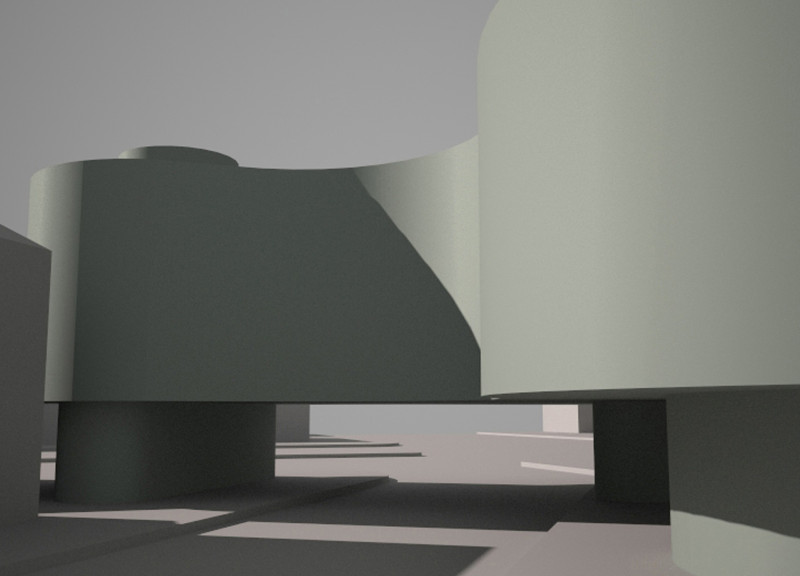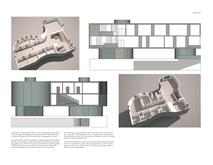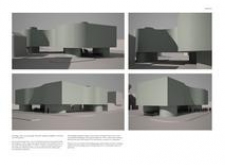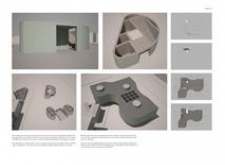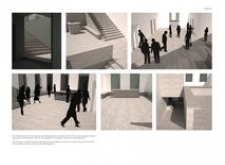5 key facts about this project
Functionally, the Glass Academy is designed to facilitate a variety of educational activities. The layout encourages interaction among students and educators, fostering a sense of community within the space. At its core, the building features a flexible floor plan that allows for both group learning and individual study. Open areas are complemented by smaller, private spaces, catering to diverse learning preferences and needs. This thoughtful organization not only maximizes the use of space but also enhances the overall learning experience by creating environments that can adapt to different teaching methods and activities.
The architectural design of the Glass Academy is notable for its curvilinear forms, which are visually engaging while serving a practical purpose. The fluid lines of the building help to create an inviting atmosphere that encourages exploration and movement. These forms are complemented by extensive use of glass, which floods the interior with natural light and connects the occupants to the outside environment. The integration of transparent materials serves not just as an aesthetic choice but also contributes to the building's energy efficiency and operational sustainability.
Materiality plays a critical role in the project’s overall success. The primary structural material, Cross Laminated Timber, is selected not only for its strength and durability but also for its low environmental impact. By using renewable resources, the academy aligns itself with modern sustainable building practices. Other materials, including lead-bearing wood for structural support and insulation layers for thermal performance, further contribute to the project’s commitment to sustainability. Internally, plywood finishes create a warm and inviting ambiance, reinforcing the school’s objective of making learning a comfortable and engaging process.
Key elements of the project include its emphasis on community spaces. The ground floor is designed to accommodate flexible use, featuring communal study areas, meeting rooms, and direct access to outdoor spaces. These areas encourage collaboration among students and educators, fostering a culture of shared learning. The second floor includes dedicated spaces for staff, showcasing the project’s recognition of the importance of educator well-being and community.
Unique to the Glass Academy is its approach to blending indoor and outdoor environments. The extensive use of glass not only provides beautiful views of the surrounding landscape but also creates a seamless transition between the academy and its outdoor surroundings. This design strategy is known to enhance learning outcomes, making connections to nature an integral aspect of the educational experience. The building is not merely a structure; it is a living environment that adapts to the needs of its users and their interactions.
The Glass Academy is an exemplary model of modern educational architecture, addressing the changing dynamics of learning in today’s world. By prioritizing flexibility, sustainability, and community, the project serves as a vital resource for its users. For those interested in delving deeper into this innovative project, exploring the architectural plans, sections, and design elements would provide valuable insights into the unique approaches that define this academy’s architecture. This exploration will highlight how the Glass Academy aims to shape educational experiences through its carefully considered architectural ideas.


